#Dieter Appelts
Explore tagged Tumblr posts
Text

Der Augenturm (Eye Tower), 1977, Dieter Appelt.
2K notes
·
View notes
Text

Ophelia mit Lichterkranz (from the series Erinnerungsspur), Dieter Appelt, 1978
#photography#art#dieter appelt#1970s#german artists#memory lane#erinnerungsspur#ophelia#black and white#ghosts
207 notes
·
View notes
Text

The stain on the mirror that the breath creates, 1977 - by Dieter Appelt (1935), German
62 notes
·
View notes
Text

The Mark on the Mirror Breathing Makes, Photo by Dieter Appelt, 1977
100 notes
·
View notes
Text

Dieter Appelt | Galerie Thomas Schulte
21 notes
·
View notes
Text

Dieter Appelt - ‘The Mark on the Mirror that Breathing Makes’ (1977)
6 notes
·
View notes
Text

Dieter Appelt
5 notes
·
View notes
Text

Dieter Appelt
Canto 2, 1991
1 note
·
View note
Text

DIETER APPELT. “Photographien”
- DATA INIZIO: 07/03/2025 - DATA FINE: 04/04/2025 - LUOGO: Kunsthaus Lempertz Postrasse, 22 - Berlino
3 notes
·
View notes
Text

.

.

Den der Atemhauch schafft (The Mark on the Mirror Breathing Makes), Dieter Appelt, 1977
A snapshot steals life that it cannot return. -D.A.
#photography#art#dieter appelt#photomontage#1970s#german artists#mirrors#black and white#performance art#quotes
61 notes
·
View notes
Text

Der Augenturm (Eye Tower), 1977, Dieter Appelt
4 notes
·
View notes
Text
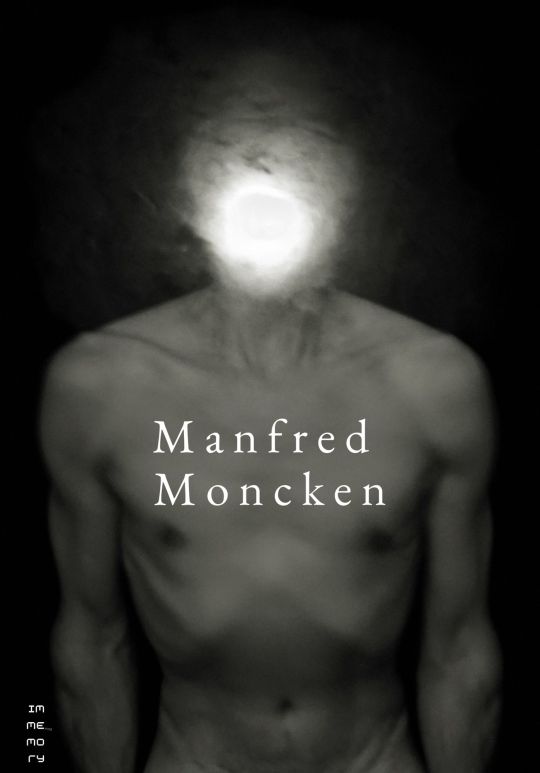


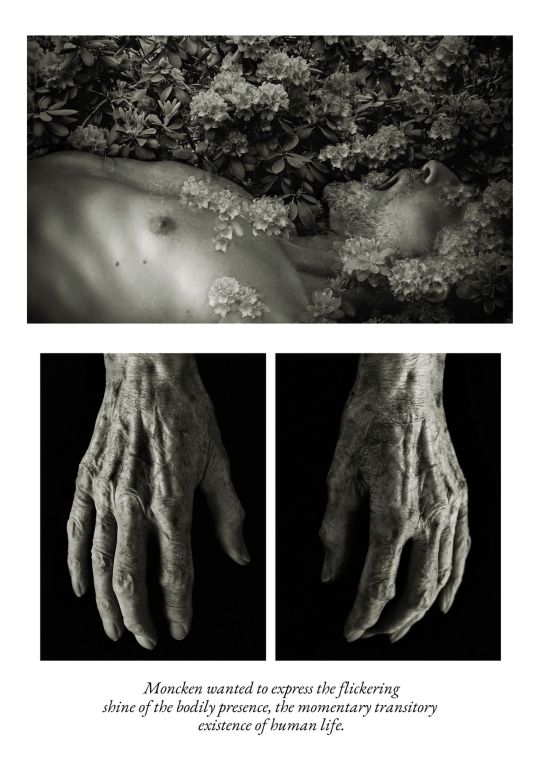
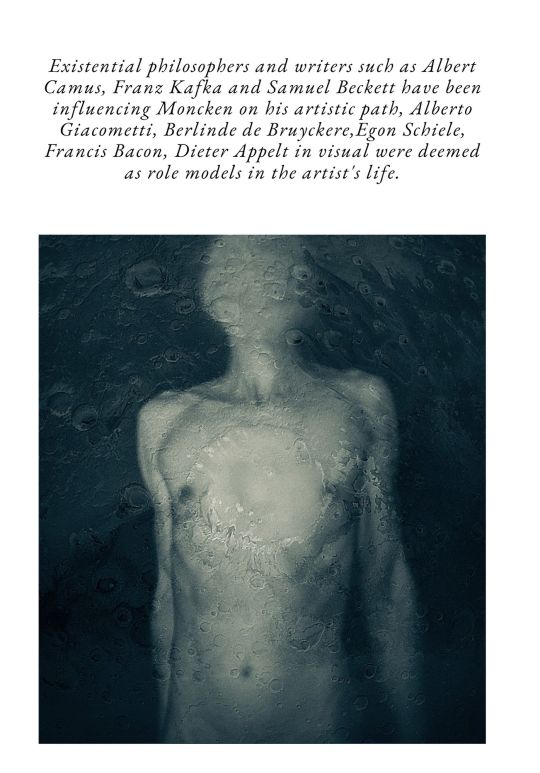
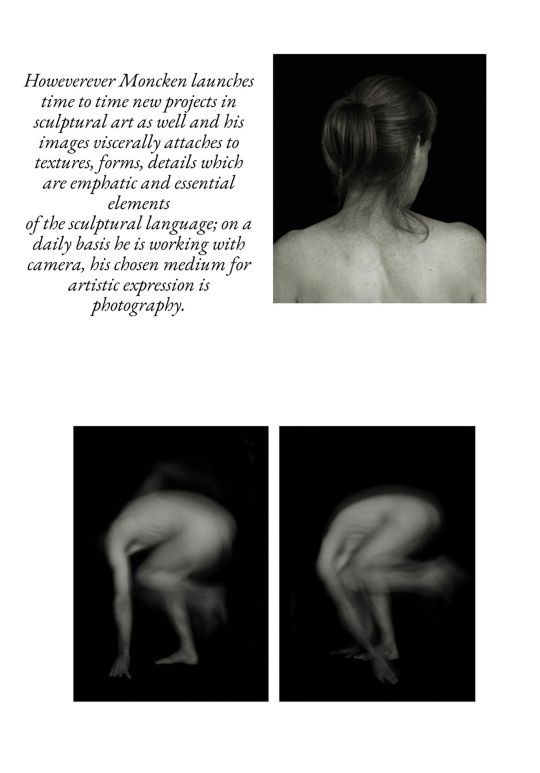
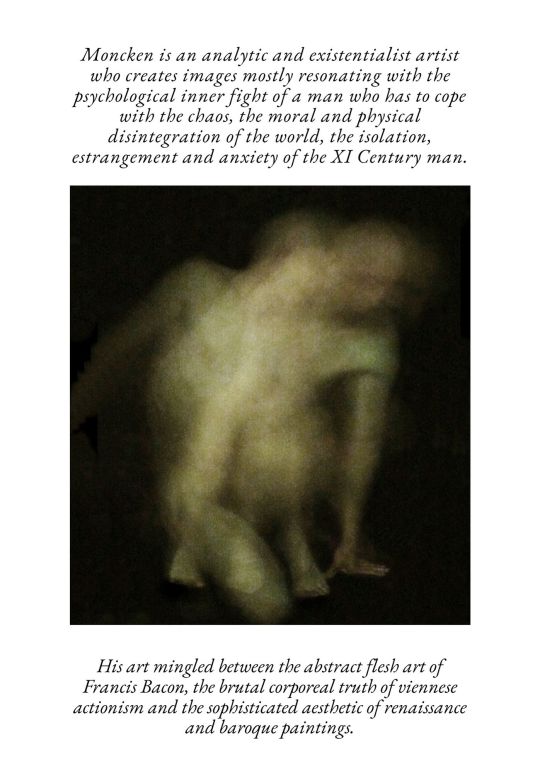
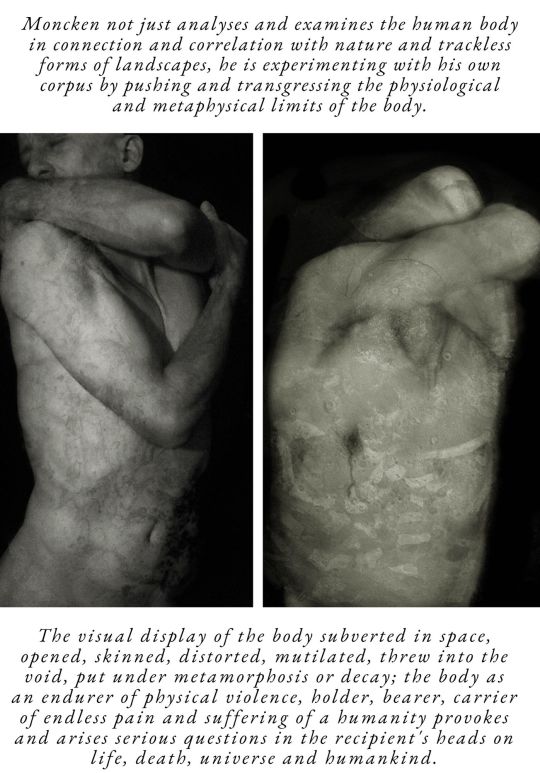
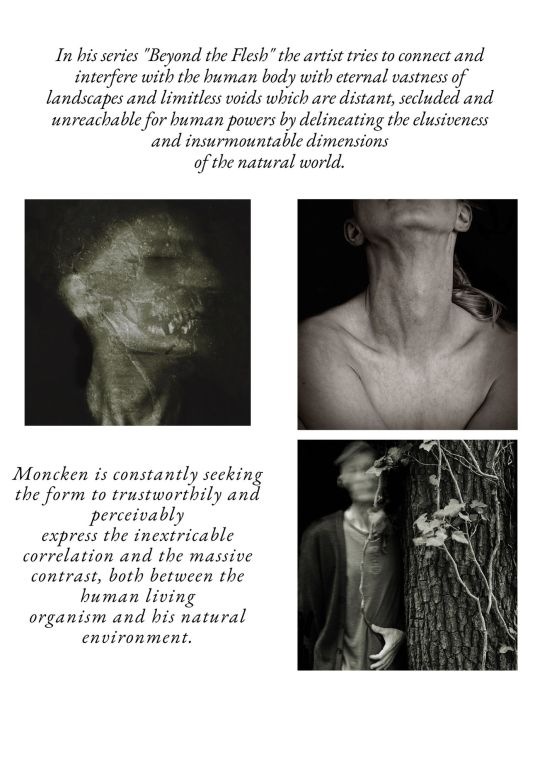
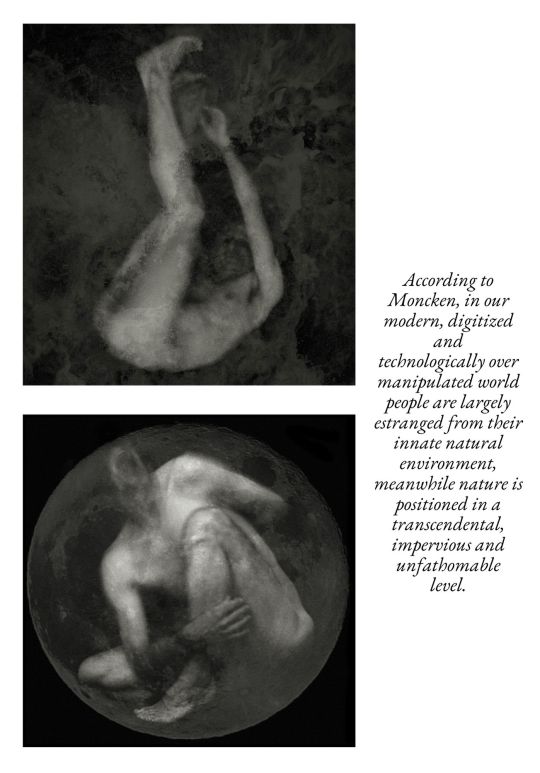
Manfred Moncken was born in Bamberg/Bavaria, studied sculpture at Dresden University of Fine Arts, currently lives and works in Dresden. After graduation from the university Moncken concentrated more on photography. On his solitary journeys and mountain trips, he mostly captured the rough, raw and impenetrable nature. He wanted to feel estranged, isolated, cut by nature and transporting these alienated feelings into his art. Moncken photographed himself with long exposures technique and secluded to the darkest corners of nature by experimenting with capturing his body under low light conditions in plein air by illuminating himself with the weakest possible lighting. Moncken wanted to express the flickering shine of the bodily presence, the momentary transitory existence of human life. Existential philosophers and writers such as Albert Camus, Franz Kafka and Samuel Beckett have been influencing Moncken on his artistic path, Alberto Giacometti, Berlinde de Bruyckere,Egon Schiele, Francis Bacon, Dieter Appelt in visual were deemed as role models in the artist's life. Howeverever Moncken launches time to time new projects in sculptural art as well and his images viscerally attaches to textures, forms, details which are emphatic and essential elements of the sculptural language; on a daily basis he is working with camera, his chosen medium for artistic expression is photography. Moncken is an analytic and existentialist artist who creates images mostly resonating with the psychological inner fight of a man who has to cope with the chaos, the moral and physical disintegration of the world, the isolation, estrangement and anxiety of the XI Century man. His art mingled between the abstract flesh art of Francis Bacon, the brutal corporeal truth of viennese actionism and the sophisticated aesthetic of renaissance and baroque paintings. Moncken not just analyses and examines the human body in connection and correlation with nature and trackless forms of landscapes, he is experimenting with his own corpus by pushing and transgressing the physiological and metaphysical limits of the body.The visual display of the body subverted in space, opened, skinned, distorted, mutilated, threw into the void, put under metamorphosis or decay; the body as an endurer of physical violence, holder, bearer, carrier of endless pain and suffering of a humanity provokes and arises serious questions in the recipient's heads on life, death, universe and humankind.
In his series "Beyond the Flesh" the artist tries to connect and interfere with the human body with eternal vastness of landscapes and limitless voids which are distant, secluded and unreachable for human powers by delineating the elusiveness and insurmountable dimensions of the natural world. Moncken is constantly seeking the form to trustworthily and perceivable express the inextricable correlation and the massive contrast, both between the human living organism and his natural environment. According to Moncken, in our modern, digitized and technologically over manipulated world people are largely estranged from their innate naturalenvironment, meanwhile nature is positioned in a transcendental, impervious and unfathomable level. His artistic aim is to endlessly searching the possible connecting thread, the visual interface between the two poles: body and nature, nature and body, and depicting this complex, sometimes paradoxical interrelation by pushing both, the boundaries of the human body and the limits of tactible, cognizable nature by extruding the interpretation the furthest possible with aesthetic and visual expression. He would like to shed the light on the vulnerability and ephemeral existence of humanity, the transient and terminate nature of life.
text by Katalin Pusztaszeri
36 notes
·
View notes
Text

Untitled (from Erinnerungsspur - Statische Vibration), Photo by Dieter Appelt, 1978
119 notes
·
View notes


